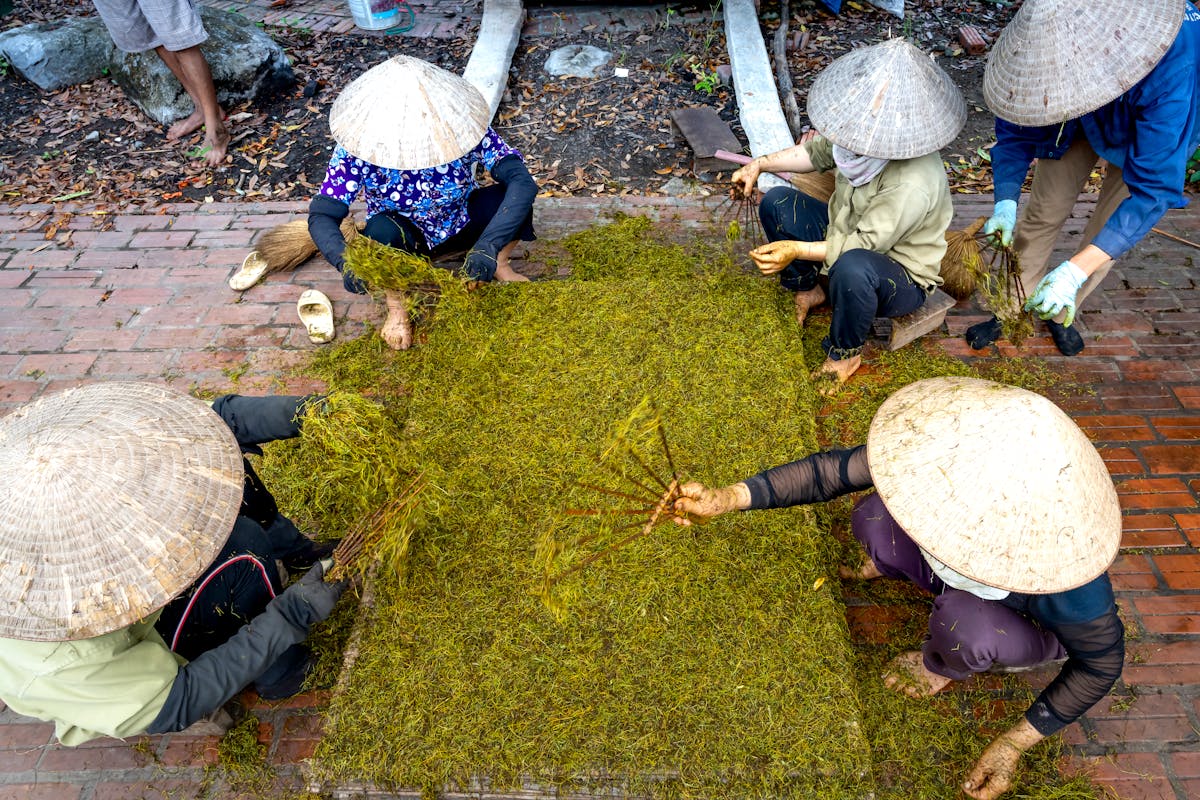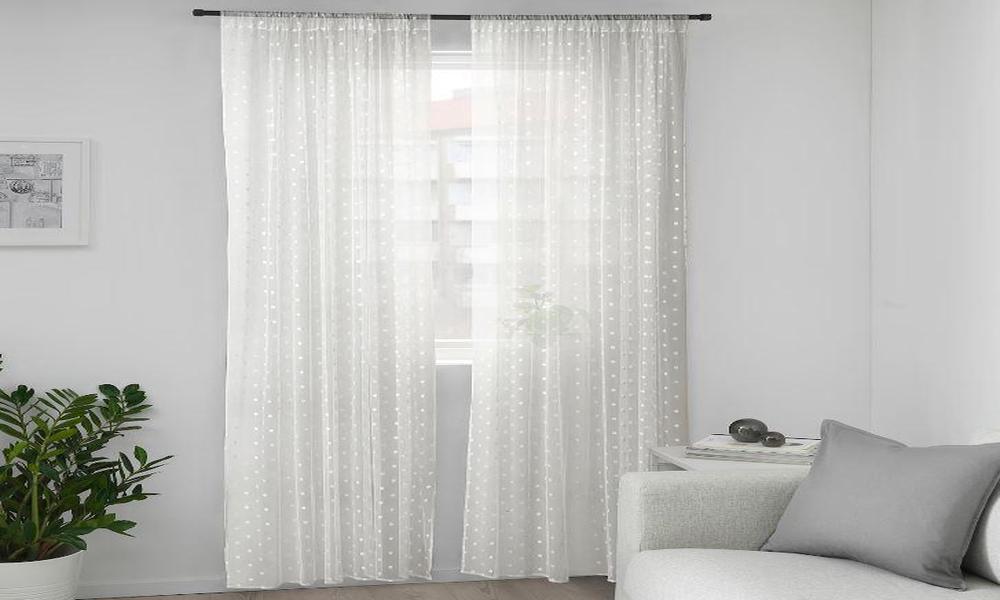Artificial turf has revolutionized landscaping and sports field surfaces, offering a low-maintenance, aesthetically pleasing alternative to natural grass. Whether you’re considering artificial turf for your backyard, a sports facility, or a commercial property, understanding its benefits, installation process, and maintenance requirements is crucial. This comprehensive guide aims to provide you with all the information you need to make an informed decision about artificial turf.
Benefits of Artificial Turf
Artificial turf offers several advantages over natural grass, making it an attractive option for both residential and commercial applications:
- Low Maintenance: Unlike natural grass, artificial turf requires minimal upkeep. There’s no need for mowing, watering, or fertilizing, saving both time and money on maintenance costs.
- Durability: High-quality artificial turf is designed to withstand heavy foot traffic and various weather conditions without fading or deteriorating. It maintains its lush appearance year-round, making it ideal for areas with harsh climates.
- Water Conservation: Artificial turf doesn’t require watering, which helps conserve water resources, especially in regions prone to droughts or water restrictions.
- Versatility: It can be installed virtually anywhere—backyards, rooftops, sports fields, and even indoor spaces, offering flexibility in design and functionality.
- Safety and Performance: Many types of artificial turf are designed to provide a safe and consistent playing surface for sports, reducing the risk of injuries caused by uneven terrain or slippery conditions.
- Environmental Impact: While artificial turf is made from synthetic materials, advancements in manufacturing have led to more eco-friendly options with recyclable components and reduced carbon footprints.
Choosing the Right Artificial Turf
When selecting artificial turf for your project, consider the following factors to ensure you choose the best option for your needs:
- Quality and Materials: Opt for turf made from high-quality materials such as polyethylene or polypropylene, which offer durability and UV resistance. Ensure the backing is strong and permeable for proper drainage.
- Pile Height and Density: The pile height (length of the grass blades) and density (number of blades per square inch) influence the turf’s appearance, comfort, and durability. Shorter piles are ideal for residential lawns, while longer piles are suitable for commercial landscapes or sports fields.
- Infill Options: Infill materials provide stability, resilience, and proper drainage for artificial turf. Common options include silica sand, crumb rubber, and organic alternatives like coconut fibers. Choose an infill that suits your usage requirements and maintenance preferences.
Installation Process
Proper installation is critical to ensure the longevity and performance of artificial turf. While DIY installation is possible for small projects, hiring a professional Turf Company is recommended for larger areas or complex installations. The installation process typically includes:
- Site Preparation: This involves removing existing vegetation, leveling the ground, and adding a base layer of crushed rock or decomposed granite to promote drainage.
- Turf Installation: The artificial turf is carefully laid out and secured to the base, ensuring seams are properly integrated and edges are neatly finished.
- Infill Application: Infill materials are evenly spread across the turf to provide stability, cushioning, and support for the blades.
- Brushing and Grooming: Once installed, the turf is brushed to lift the blades and evenly distribute the infill. Grooming may be required periodically to maintain the turf’s appearance and prevent matting.
Maintenance Tips
While artificial turf requires less maintenance than natural grass, regular upkeep is essential to prolong its lifespan and preserve its appearance:
- Brushing: Periodically brush the turf to remove debris, fluff up the fibers, and prevent matting.
- Rinsing: Rinse the turf occasionally with water to remove dust, pollen, and pet dander.
- Weed Control: Although artificial turf is weed-resistant, inspect the edges and seams regularly to prevent weed growth.
- Stain Removal: Promptly clean spills or pet stains with mild detergent and water to prevent discoloration.
- Professional Inspection: Schedule annual inspections by Allen Turf Company to assess the turf’s condition, identify any repairs needed, and ensure optimal performance.
Conclusion
Artificial turf offers numerous benefits—from low maintenance and durability to water conservation and versatile applications. By understanding the advantages, choosing the right type, and following proper installation and maintenance practices, you can enjoy a beautiful and functional outdoor space or sports facility year-round. Whether you’re enhancing your backyard, upgrading a sports field, or landscaping a commercial property, artificial turf provides a practical and aesthetically pleasing solution that stands the test of time.




